Teaching this class for the first time in the spring has resulted in many challenges already (and we're only in the first few weeks of the semester)....although none have been insurmountable so far.
The biggest challenge is: what does one do with college students enrolled in a spring-semester ecology course for their laboratory exercises? This course has traditionally not been taught in the spring here, due to the cold and snow, which makes outdoor laboartories alittle challenging. Well, there are a variety of indoor labs related to ecological concepts that have been designed (grabbing different sized bolts and screws to demonstrate optimal foraging theory and etc.)....all of which work well, I'm told, and are pretty fun. Yet...these types of labs are not really my style (not saying they aren't probably cool, though). So, I thought and thought about this whole thing for a long time. Do I have them do some relatively safe indoor labs, that will probably be informative....or do a risk outdoor labs in the winter with unpredictable weather, and mostly new untested lab exercises....but with the potential to give the students some very cool applied field experiences? Finally, I came to the realization that I'm a field biologist. As such, it just wouldn't feel right if I wasn't dragging these kids through the cold and snow.
So, that's what we're doing.
We have been given access to a bit of property not far from campus, and the students have been charged with a task associated with a hypothetical situation. The hypothetical is as follows: landowners would like to develop the property we are working on. However, due to its proximity to a protected natural area, our state regulatory agency is requiring some assessments be done prior to granting development of the site. Therefore, the students have been "hired" to conduct a battery of ecological assessments of this property and write a thorough report of their findings that will be submitted to the regulatory agency (i.e. me). Included in their report must be recommendations on whether the land is valuable both (a) as its own entity and (b) in the context of the landscape.
Will everything I have planned work throughout the semester? I dunno... In theory, yes.
But, if these assessments don't all work....well....that's field work, and also a great lesson. It's a great bit of reality for young ecologists to experience adversity. In fact, overcoming adversity and learning to roll with it when things DON'T work is probably as important a skill for young field ecologists to learn as anything!
Week 1: Site Reconnaisance and Camera Deployment.
Due to the cold weather and potential for snow, we have to focus on mammals early in the semester. So...we eased into things with a relatively simple task: a reconnaisance of the site we'd be working and student groups selecting sties to deploy camera traps.
Three groups of students each chose locations for two cameras......so six cameras total.
One of their locations had to be in a woodland ......
....and one in the "grassland" or savannah on-site.
Then, they grabbed a GPS reading of the location.....
But..I'll post cool pictures here and there.....we did get a few neat shots during the first week already (although they are basically all of White-tailed Deer).
Anyways, here's a smattering of examples, such as......
The close-up....
The swinging hang-out spot....
And....El Diablo....
Also got Red Fox, Coyote and Raccoon passes, but the pictures weren't good enough quality to post them.
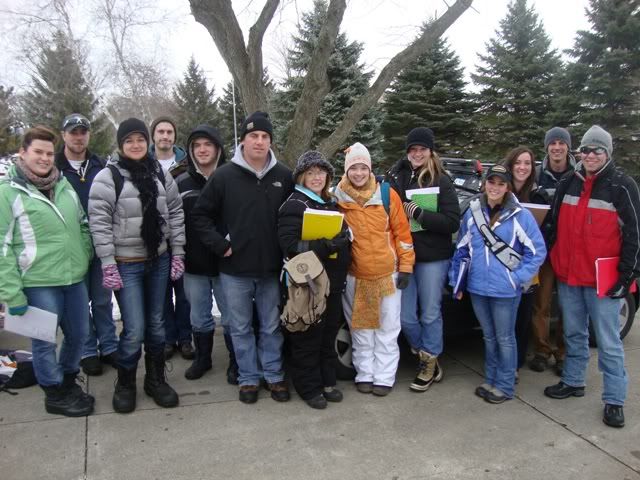

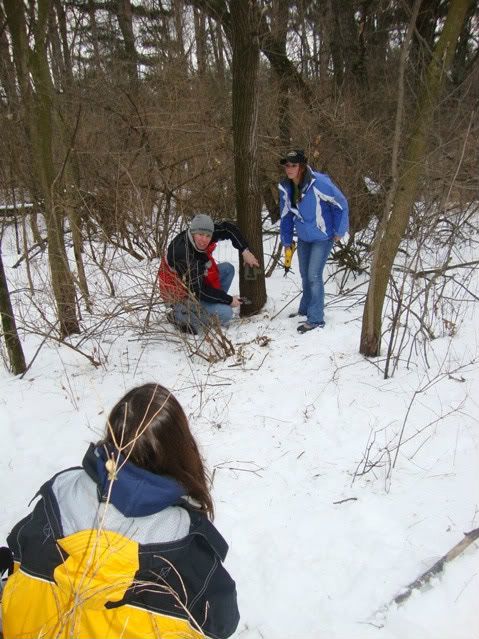
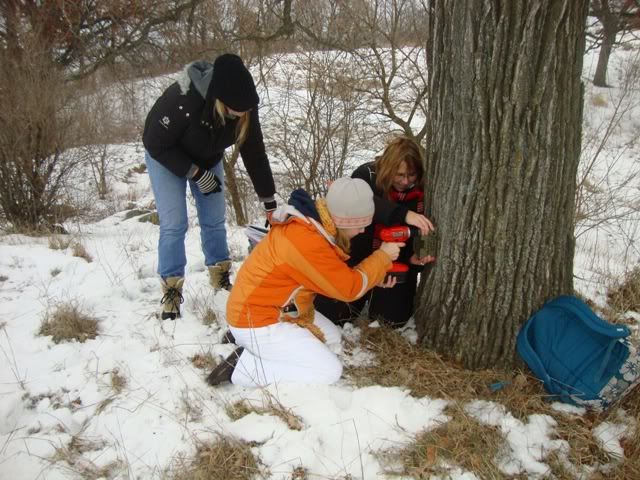
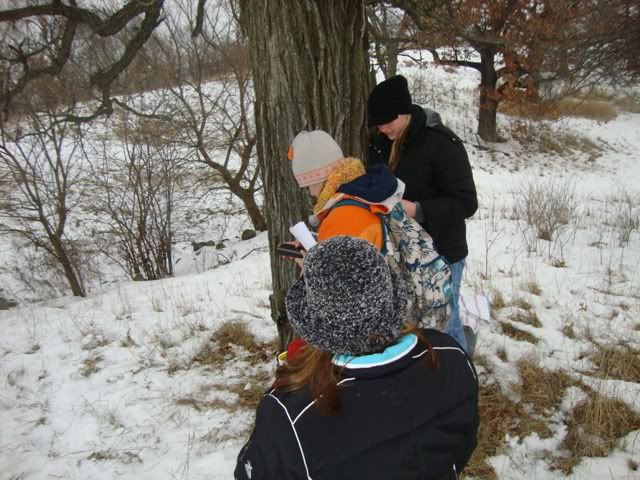


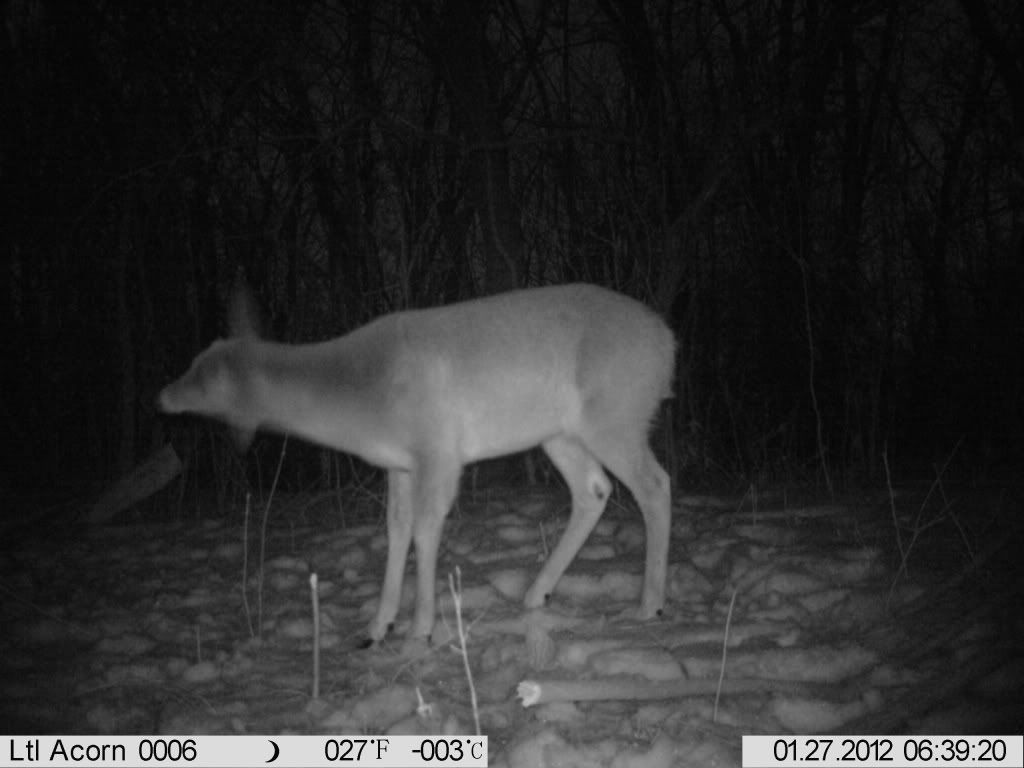
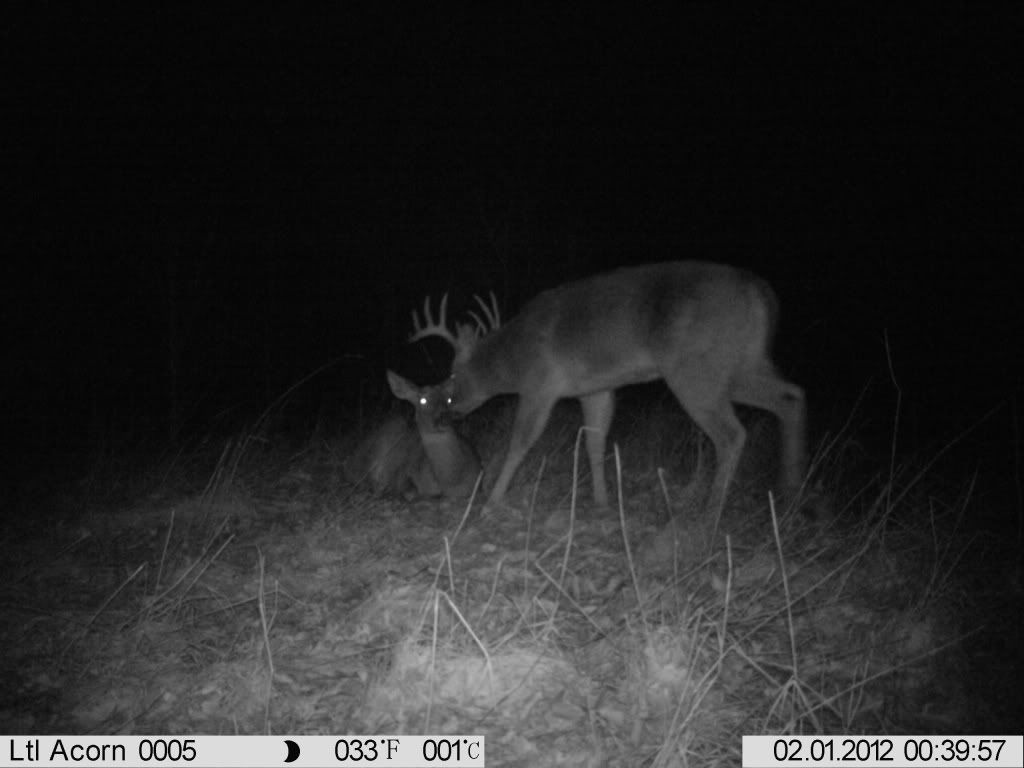

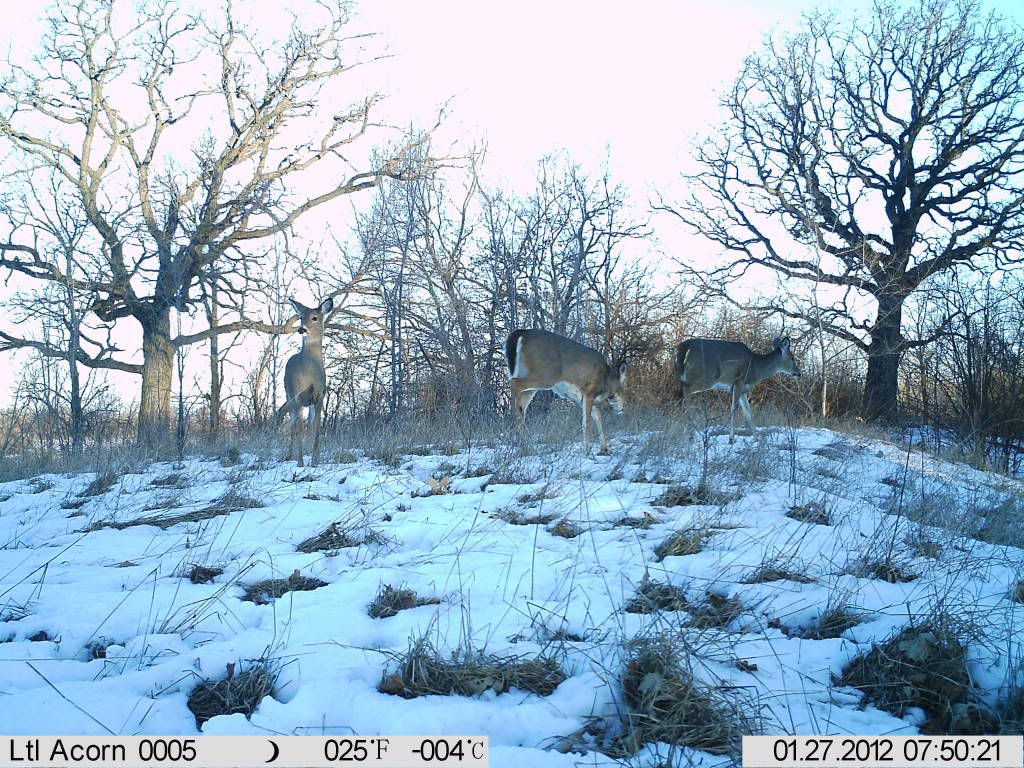


This project is exactly the type of stuff I do at my college with my kick-ass field biologist professors. Let me tell you- it's the BEST kind of teaching for me.
ReplyDeleteI am currently kicking off an independent study on our 30 acre field station property using cameras. I've written mucho about it, if you're interested.
Anyway, just wanted to tell you that your class will love what you're running them through (field work is awesome, even in the cold snow!) and they'll thank you for it.
Thank you, Alyssa.
DeleteI agree. In North Carolina, I ran a similar type of class with my wildlife ecology students...but down there it stays warmer longer. Thus, we had a greater breadth of stuff we could mess around with. It wasn't just the endotherms....and we had lots of fun with amphibians and reptiles too. Can't really do that up here in the spring until very late in the semester (although we have a "herp"-oriented field trip at the end of the semester to get out and catch snakes....which I'm looking forward to).
I've seen the stuff about your project..sounds cool. Good luck! It also sounds like you guys get great applied experiences at your school....which i think is critical to young ecologists being able to really take it to the next professional level after graduation.
The theoretical is important, but makes more sense if you have experience in the applied, and vice-versa.....
I love the photo of the bear who looks like she is doing a shake and her ears are blur!
ReplyDeleteWe got somewhere between 3 and 4' of snow last weekend. So, I went out and created packed animal trails that went from cam to cam... and I finally got a photo in the forest! A deer followed my tracks and posed in daylight! I've never been so thrilled about a deer photo.
I'll post it soon... It almost looks like the deer was bleeding from the base of his intact antler. I'd be interested to hear what you think about it. I'll alert you when I post it.
Your course seems really awesome. I would've eaten that up when I was in college!!!!! Your students will learn so much.
Hey KB!
ReplyDeleteI saw your coyote pictures on the packed trail that you posted. Very cool. Looking forward to your deer pics!
Funny you posted this comment about the blood at the base of the antler, just as I was working on my newest post. That blood probably indicates the male you photographed is about to drop his antler.
I will post more stuff about the class soon, I hope!